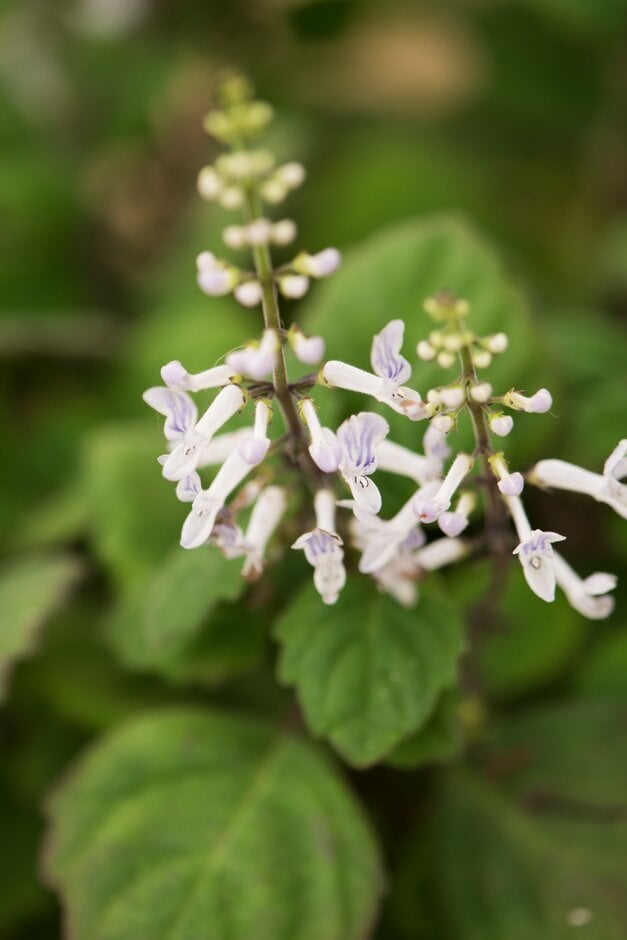Plectranthus ernstii
bonsai spurflower
A compact, frost-tender, semi-succulent to 25cm tall with swollen, jointed stems up to 5cm in diameter at the base. Aromatic, semi-succulent leaves are ovate to triangular with rounded teeth and are slightly hairy. Flower spikes up to 12cm long bear small, two-lipped, pale lilac to whitish flowers with darker markings in summer

Buy this plant
Size
Ultimate height
0.1–0.5 metresTime to ultimate height
2–5 yearsUltimate spread
0.1–0.5 metresGrowing conditions
Moisture
Well–drainedpH
Acid, Alkaline, NeutralColour & scent
| Stem | Flower | Foliage | Fruit | |
| Spring | Green | |||
|---|---|---|---|---|
| Summer | Blue Purple White | Green | ||
| Autumn | Green | |||
| Winter | Green |
Position
- Full sun
- Partial shade
Aspect
South–facing or East–facing or West–facing
Exposure
ShelteredDrought resistance
Yes Hardiness
H2Botanical details
- Family
- Lamiaceae
- Native to GB / Ireland
- No
- Foliage
- Evergreen
- Habit
- Bushy
- Genus
Plectranthus can be annuals, evergreen perennials or shrubs, with opposite, ovate or heart-shaped, sometimes fleshy leaves, and 2-lipped, tubular flowers borne in whorls forming spikes or panicles
- Name status
Correct
- Plant range
- E South Africa
How to grow
Cultivation
Grow in a well-drained soil in full sun or partial shade; may be moved outside after risk of frost has passed
Propagation
Propagate by seed or from stem cuttings
Suggested planting locations and garden types
- Gravel garden
- Patio and container plants
- Rock garden
Pruning
No pruning required
Pests
Generally pest-free
Diseases
May be susceptible to root rots if over-watered
Get involved
The Royal Horticultural Society is the UK’s leading gardening charity. We aim to enrich everyone’s life through plants, and make the UK a greener and more beautiful place.